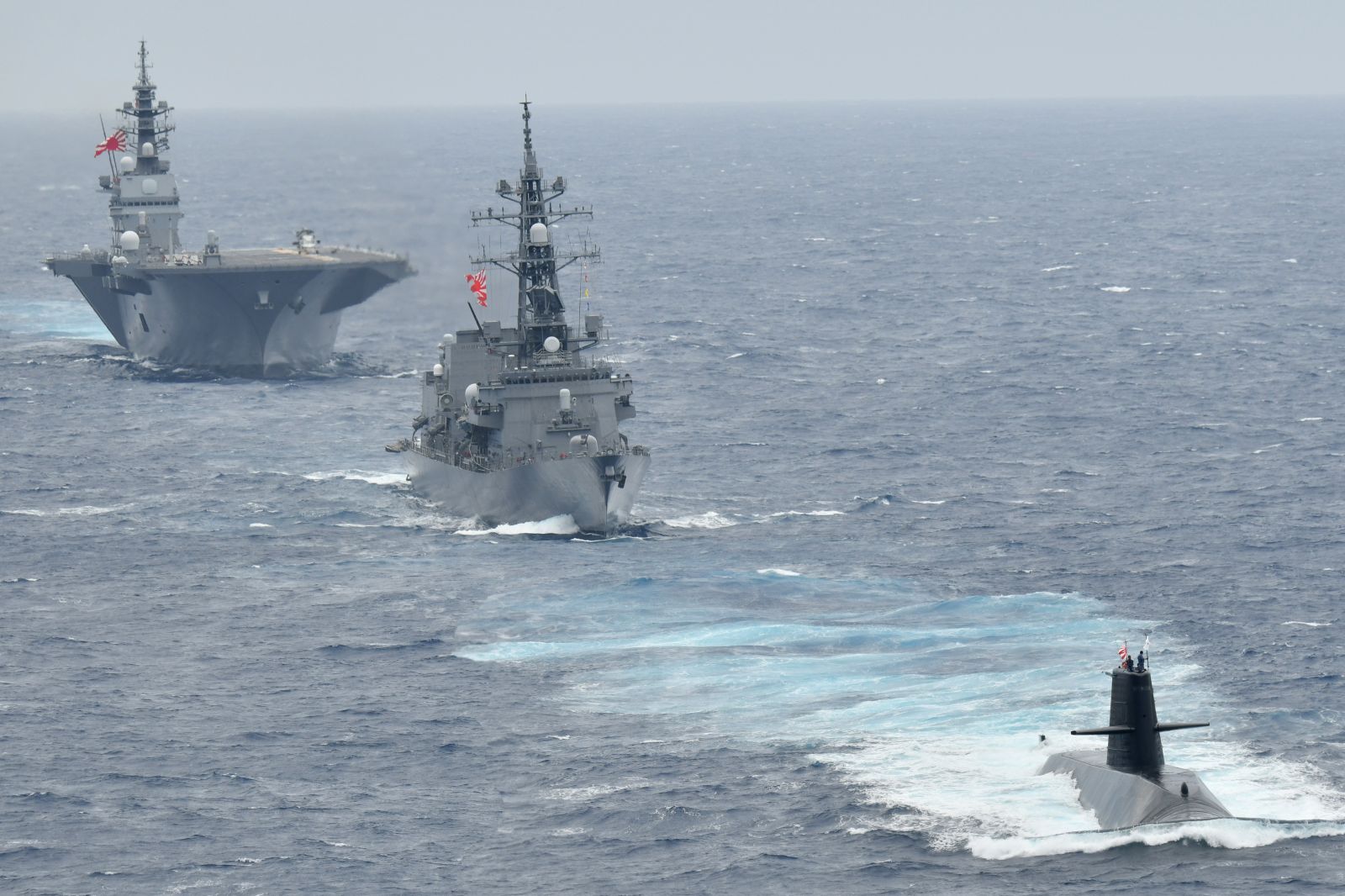Japan to Arm Philippines with Destroyers in Major Maritime Power Shift Against China

In a landmark move set to alter the strategic landscape of the Indo-Pacific, Japan plans to export six navy destroyers to the Philippines, providing a significant boost to Manila’s capabilities to deter Chinese maritime expansion.
According to a report by Japan’s Yomiuri newspaper, Tokyo is preparing to transfer a fleet of Abukuma-class destroyer escorts to the Philippine Navy. This move marks a historic deepening of defense ties between the two U.S. allies, who are increasingly united in their efforts to counter Beijing’s assertive presence in the region’s contested waters.
The agreement was reportedly solidified during a meeting between Japanese Defence Minister Gen Nakatani and his Philippine counterpart, Gilberto Teodoro, in Singapore last month. As a final step before the transfer, the Philippine military is scheduled to inspect the destroyers this summer.
This transfer represents a monumental upgrade for the Philippine Navy, which currently operates a fleet of smaller and less powerful frigates and corvettes. The acquisition of destroyers—even those with over three decades of service in the Japan Maritime Self-Defense Force (JMSDF)—will dramatically enhance Manila’s maritime patrol and defense posture.
A Strategic Alliance Takes Shape
The planned export is the latest and most significant development in a rapidly growing security partnership between Tokyo and Manila. Both nations face direct challenges from China’s activities—the Philippines in the South China Sea and Japan in the East China Sea. This shared concern has fueled a series of cooperative measures, including:
-
Joint Military Exercises: Regular drills aimed at improving interoperability.
-
Reciprocal Access Agreement (RAA): A pact signed last year, the first of its kind for Japan in Asia, that allows for the deployment of forces on each other’s soil.
-
Equipment and Aid: Japan previously supplied the Philippines with a radar system to enhance its coastal monitoring.
The destroyer deal elevates this cooperation to a new level, directly equipping the Philippines with the naval hardware needed to create a more credible deterrence.
Navigating Pacifist Restrictions
To facilitate the export under the constraints of its pacifist constitution, which restricts the transfer of military equipment, Tokyo has devised a creative solution. The Yomiuri report states that Japan will classify the necessary upgrades and installation of new equipment and communication systems requested by Manila as a “joint development project.” This reframing allows the transfer to proceed while adhering to domestic legal frameworks.
The Abukuma-class is a 2,000-ton destroyer escort operated by a crew of approximately 120. According to the JMSDF, it is a versatile platform armed with anti-ship and anti-submarine missiles, torpedo tubes, and a 76mm rapid-fire gun, making it a formidable asset for patrolling and defending territorial waters.
While the Japanese defence ministry declined to comment on the report, and officials from the Philippines and China have not yet responded, the move sends a clear signal of a coordinated effort by regional powers to uphold a rules-based order in the face of growing pressure from Beijing.





